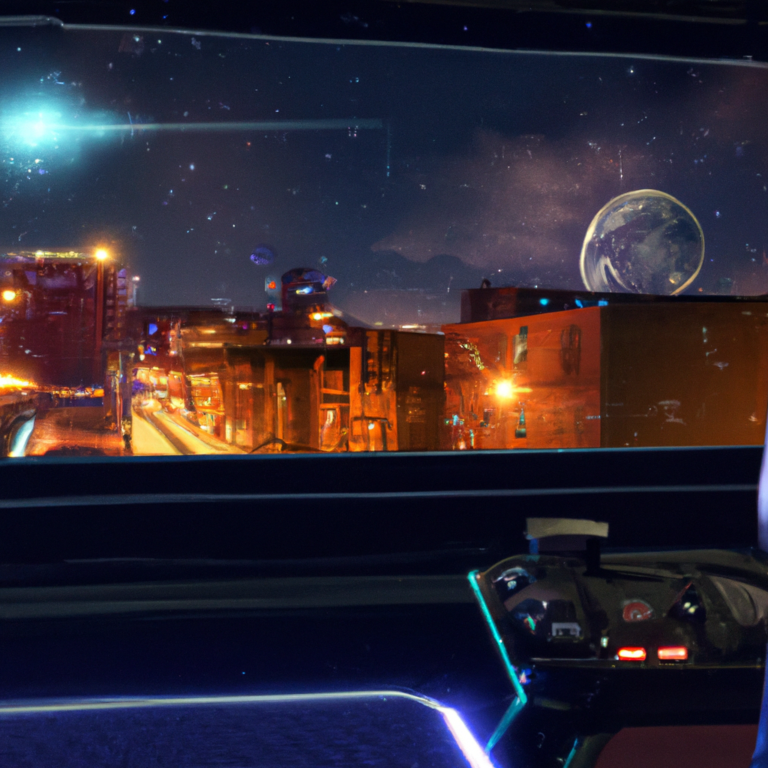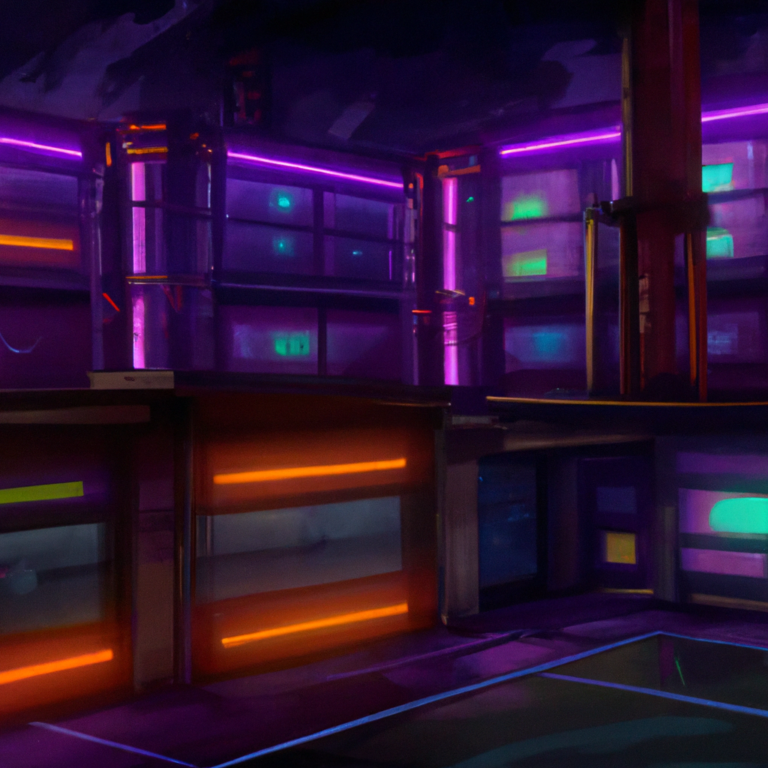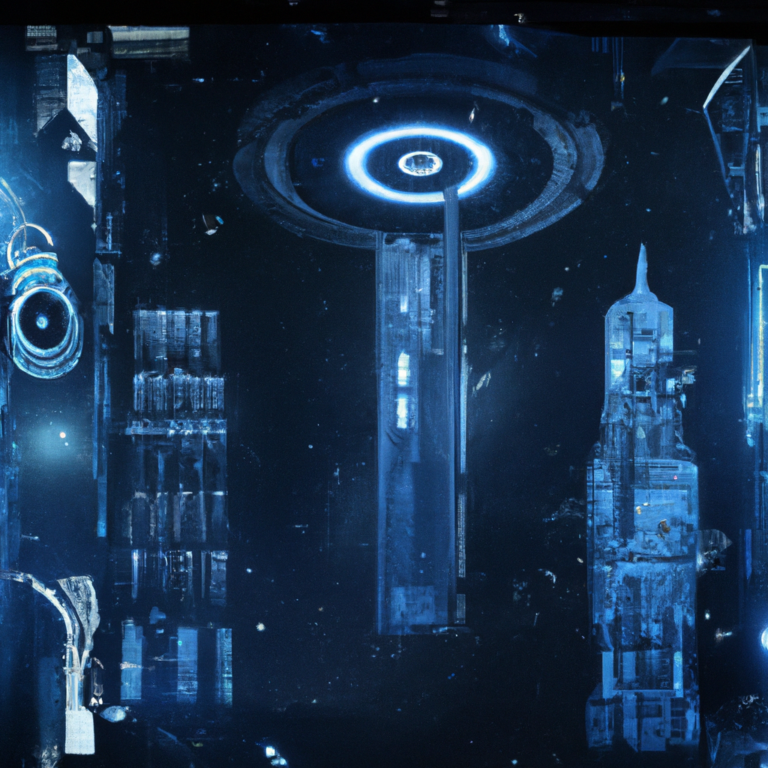“Mastering Multiplayer: Best Practices for Developing a Seamless Gaming Experience”
Multiplayer games have become increasingly popular in recent years, and with good reason. They offer players the opportunity to enjoy gaming with friends or strangers from all over the world. However, developing a successful multiplayer game is no easy task. It requires careful planning, testing, and implementation. In this blog post, we’ll outline some best practices for multiplayer game development.
1. Plan for scalability
One of the most important things to consider when developing a multiplayer game is scalability. You need to ensure that your game can handle a growing number of players without sacrificing performance. This means planning for server infrastructure, load balancing, and finding ways to optimize your game’s code.
2. Focus on network optimization
The success of your multiplayer game depends on how well it performs in a networked environment. This means that you need to focus on optimizing your game’s network code. You should aim to minimize the amount of data that needs to be transmitted between players, reduce latency, and ensure that your game’s network code is reliable.
3. Use reliable synchronization techniques
In a multiplayer game, it’s essential that all players see the game world in the same way. This means using reliable synchronization techniques to ensure that all players are in sync. You should use techniques such as dead reckoning, server authoritative movement, and interpolation to ensure that your game’s synchronization is as accurate as possible.
4. Test extensively
Multiplayer games are notoriously difficult to test, as they require multiple players to be present. However, testing is essential if you want to ensure that your game is stable and performs as expected. You should use automated testing tools, stress tests, and beta testing to get feedback from players.
5. Focus on player experience
Ultimately, the success of your multiplayer game will depend on the player experience. You need to ensure that your game is fun to play, easy to understand, and visually appealing. This means focusing on game mechanics, user interface design, and graphics.
In conclusion, developing a successful multiplayer game requires careful planning, testing and implementation. By following these best practices, you can increase your chances of developing a game that is both fun to play and stable. Remember to focus on scalability, network optimization, synchronization, testing, and player experience, and you will be well on your way to developing a successful multiplayer game.







